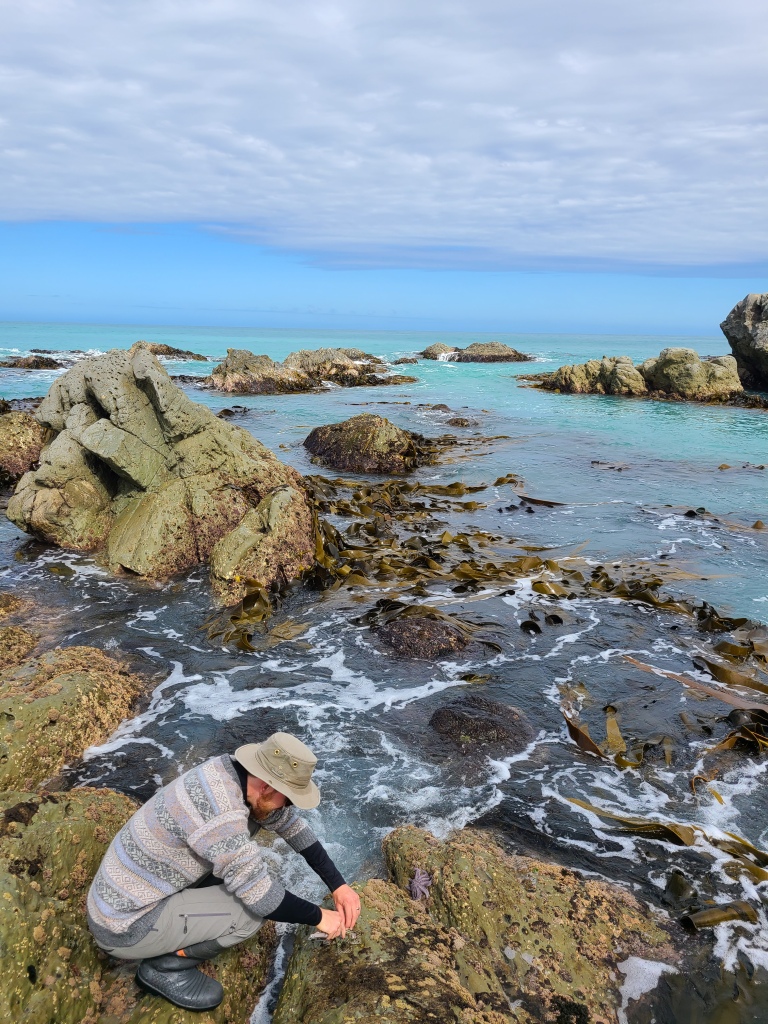In this blog post, Spencer Virgin, a postdoctoral fellow at the University of Canterbury, New Zealand, discusses his study “Behavioural thermoregulation and food availability drive fine-scale seasonal habitat partitioning in limpets”, which has been shortlisted for Functional Ecology’s 2023 Haldane Prize for Early Career Researchers
About the Research
Most research on the effect of climate change and extreme heat on organism distributions focuses only on large-scale biogeographic patterns, ignoring potentially important small-scale variability. In the intertidal zone of temperate rocky shores, small-scale variability in temperature often exceeds 20°C during a single tide, and is further compounded by strong seasonal changes in temperature, which leads to changes in habitat suitability throughout a year. In this study, we manipulated limpet distributions in situ to determine how rising heat stress affected their fine-scale distributions throughout a year, and if this led to physiological adaptation and/or was to changing food availability.
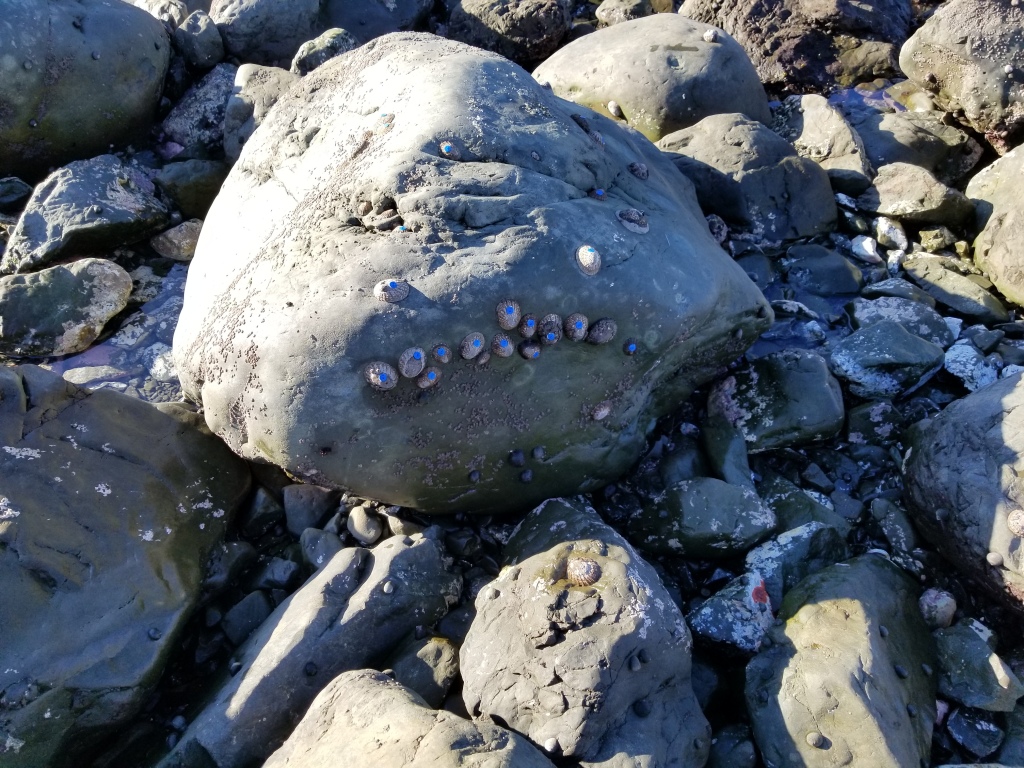
Limpets are marine invertebrates that play a key role in the structure and functioning of healthy rocky shore ecosystems throughout the world, mainly through grazing pressure. In New Zealand, they generally occur in the high intertidal zone, and are therefore subjected to extreme daily and seasonal fluctuations in temperature. We manipulated limpet (Cellana denticulata) distributions in the field by rotating large boulders (~0.5m3) 180° to change the direction that limpets faced, thereby changing the amount of heat they received from the sun. Rotating boulders sounds easy now that I’m writing it out (and it sounded easy when we were designing the experiment too), but it led to the death of two ratchet straps and a permanently bent 1.8m steel pry-bar, not to mention several sore researchers!
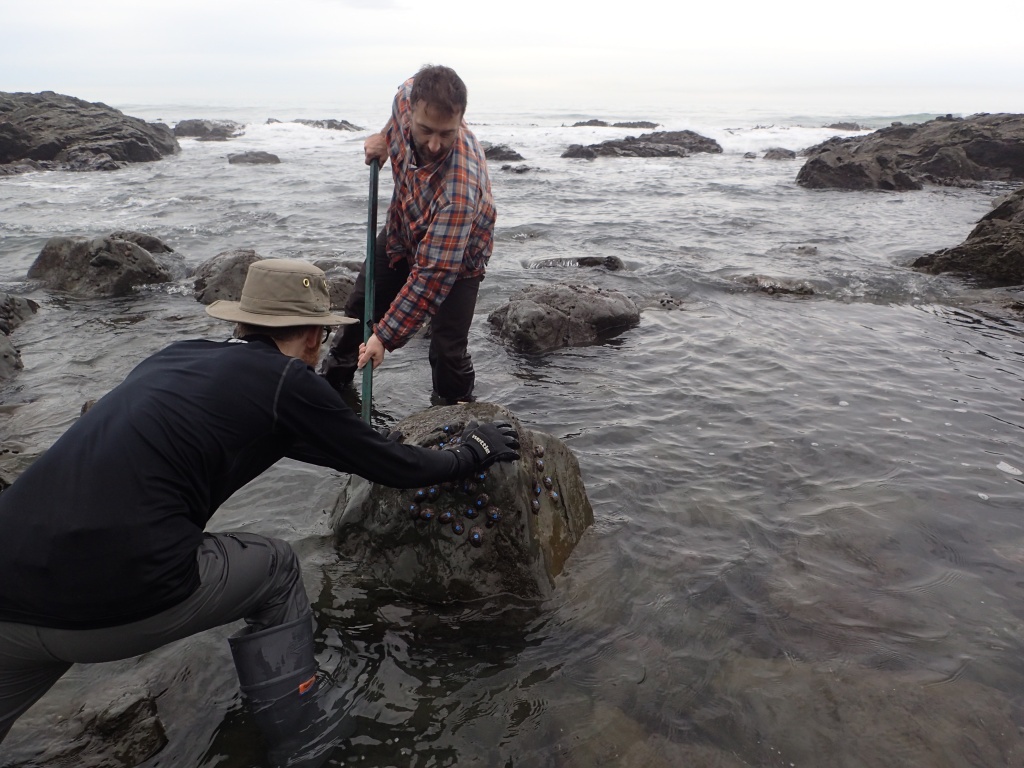
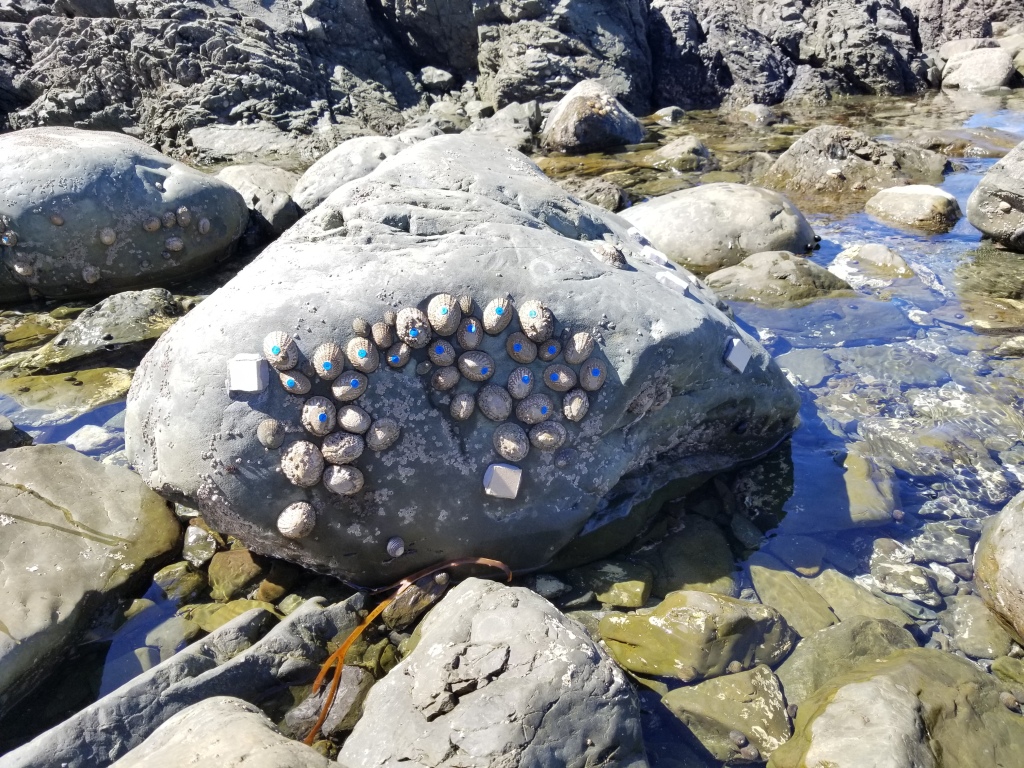
We found that as temperatures increased throughout the year, most limpets that started out on thermally stressful surfaces moved to cooler surfaces that received less direct solar radiation. This had the added benefit of increasing their food availability, as chlorophyll a concentrations were lower on hot surfaces than cooler surfaces. Surprisingly, limpets that remained on hot surfaces didn’t have higher thermal tolerances or higher heat shock protein expression than limpets from cooler surfaces. This was despite clear differences in acute and repeated heat stress based on in situ heart rate measurements throughout subsequent low tides. New Zealand’s limpets probably always maintain high defences against thermal stress, which is an important skill when you live in a highly variable and unpredictable thermal environment. More broadly, this research shows that small-scale variation in temperature can lead to significant differences in the distribution of a species. It may therefore be important to incorporate such small-scale variation into predictive models of organism distributions, especially for organisms that live in heterogenous environments, to more accurately predict how their distributions may shift in response to climate change.
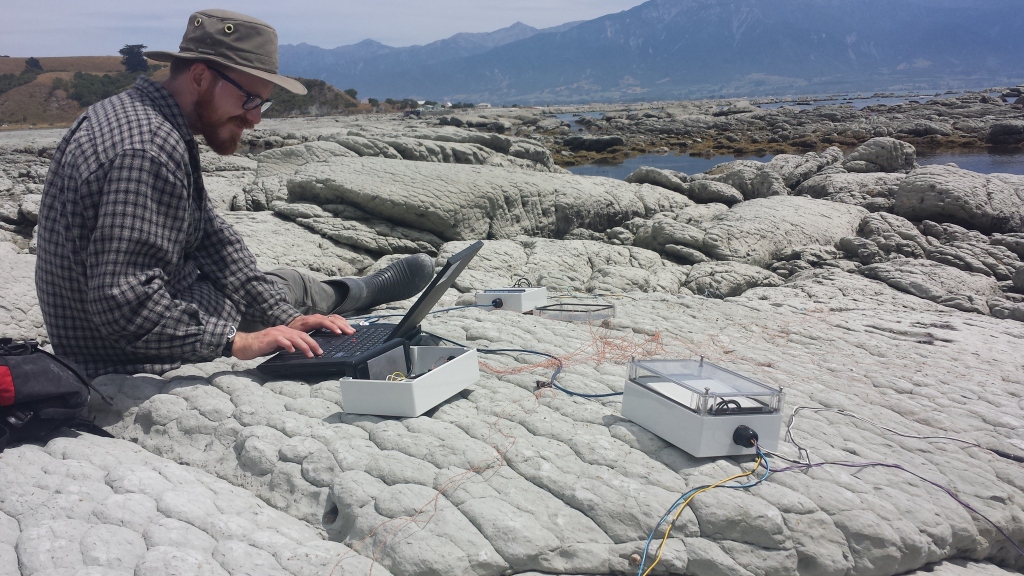
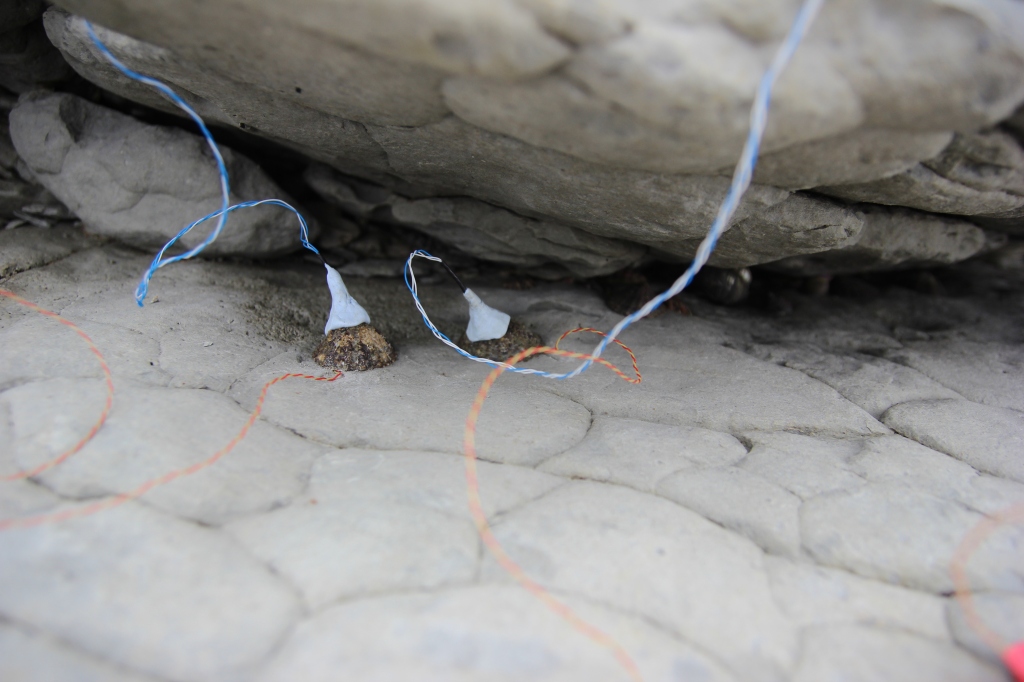
About the Author
I grew up in a relatively small industrial town not far from Toronto, Canada, and spent most summers visiting cottages in Northern Ontario or going camping with my family. This is where I really developed a keen interest in nature and decided, from a very young age, that I would be a ‘biologist’ (only because I didn’t know what an ecologist was yet!). Once I finished my undergrad at the University of New Brunswick, I decided that I wanted to focus on coastal ecology and took up a masters working on population demography of ribbed mussels (Geukensia demissa). After this I had a job helping restore salt marshes in Maritime Canada before literally moving across the world with my wife and dog to Aotearoa New Zealand to complete a PhD in marine ecology at the University of Canterbury, where I’m currently a postdoctoral fellow.
My current research focuses on expanding on the limpet work I did during my PhD, mainly by looking at large-scale variability in physiological responses to heat stress. I’m also developing studies to look at the effects of nearshore sediment pollution and heat stress on coastal invertebrates. In my spare time I like to go freediving/spearfishing, spend innumerable hours poking around our vegetable garden, and playing with our dog.
My advice for someone in this field is… Try not to drop your electronics in salt water, don’t forget to wear sunblock, and watch out for camouflaged seals!

